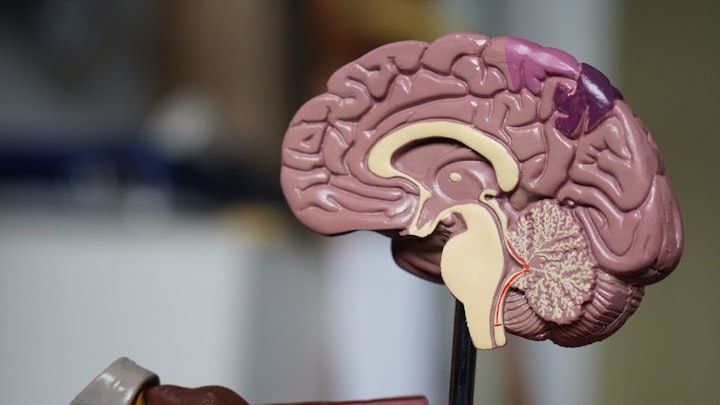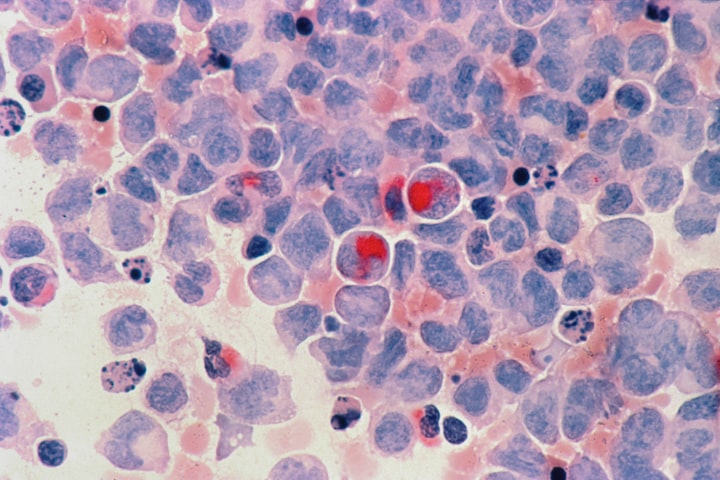Father of Scientist Sir Thomas Alva Edison
Sir Thomas Alva Edison

Edison's first invention was patented by an electronic voice recorder in June 1869. Frightened by politicians "not wanting to use the device, Edison decided he would not waste time in the future inventing things that no one else wanted.
The following year Edison moved to New York, where he worked for a major telegraph company. He started in 1874 with the invention of the multiplex telegraph system that could send two messages simultaneously. In 1877, he worked on a telephone operator that improved Alexander Graham Bell's call.
Edison's most important invention was the establishment of the Industrial Research Lab in 1876. It was built in Menlo Park, in the part of Raritan Township that Edison called "Edison City" in honor of Middlesex County, New Jersey, which paid for the sale of Edison's quadruplex telegraph. Edison built an industrial research laboratory in West Orange, New Jersey in 1887 that remained unparalleled until the 20th century.
Thomas Alva Edison has been a major influence in modern life as one of the most famous and courageous inventors of all time, contributing to such things as the light bulb, the phonograph, the film camera, the advanced telephone, and the telegraph. Edison obtained a patent record of 1,093 during his 84 years and was responsible for inventing new things like phonographs, light bulbs, lamps, and one of the first film cameras. Edison laboratories and workshop illuminated phonographs with carbon buttons and transmitters, telephones with microphones and microphones, incandescent lamps with flexible generators for unprecedented performance, first lighting system, test rail, key film equipment, and host.
Thomas Edison (see Life Video) is one of the most famous inventors in American history. Although Edison is best known for his invention of the phonograph and incandescent electric light, he filed 1,093 patents in a variety of fields including electric and electric lamps, the telephone, the telephone, and sound recordings. As a founder, he excelled at being a successful producer and entrepreneur who advertised his products in the community.
Edison's public image as a self-employed, self-reliant self-employed man, concealed a thoughtful and orderly thinker on his board in Menlo Park, NJ with mechanics, designers, and scientists.
Thomas Edison is an American inventor who is regarded as one of America's leading entrepreneurs and innovators. It is now called for helping to build the American economy during the Industrial Revolution. He rose from humble beginnings and served as the inventor of important technologies, including the first commercially available lamp.
Thomas Alva Edison entered a new and complete phase of his career where, at the age of forty, on November 24, 1887, he transferred his talents and tools from Menlo Park to his new large board in West Orange, New Jersey. The pressures of his work, coupled with the completion and installation of electric lighting systems in the country, made it difficult for him to focus on his favorite phonograph creation, but he took it seriously to see that he was achieving the higher goal he had for himself since he started ten years earlier.
Thomas Alva Edison is regarded as a true genius and the world's first research laboratory based on his systematic approach to materials based on practical results rather than theoretical knowledge. He has collected 1,093 patents that record new technologies and minor improvements in a variety of areas, including telecommunications, power, audio recording, film, first storage, battery extraction, and cement technology. In the first four years of operating his excellent laboratory in West Orange, New Jersey, he applied for more than eighty patents for the development of a cylinder phonograph and his business colleagues in the city's call machine business.
Thomas Alva Edison's role as a composer is evident not only in his two large laboratories in Menlo Park and West Orange, New Jersey but also in the more than 300 companies created for the production and sale of Edison inventions, many of which had Edison's name, including more than 200 lighting companies. Edison. Perhaps most importantly, Edison conveyed the idea of the invention of what we now call innovation: innovation, research, development, commerce, and the establishment of industrial research laboratories. The sorcerers of science and innovation in Menlo Park brought electric lights, records, music, and movies to the world, and turned new things into science by establishing research and labs.
During his career, Edison owns 1,093 patents in the United States - more than twice as much as his closest rival George Westinghouse. He developed and developed machines that greatly affect human life.
One of his mentors in the early years was a middle-class founder named Franklin Leonard Pope who allowed poor young people to live and work in the basement of his home in Elizabeth, New Jersey. Edison worked for the Samuel Laws Gold Indicator Company. Through the Pope, he founded the Pope and Edison, a private company, in October 1869, and worked as an electrical engineer and founder.
From 1870 to 1875, he worked in Newark, New Jersey developing the wireless products of the Western Union Telegraph Company, the industry's leading organization, and its competitors. Thanks to his thriving business, he was able to fulfill his dream of founding an invention factory focused on functional products. In late 1875, Edison had financial problems despite his telegraph work and was able to build a lab and engine room in Menlo Park, New York, about 12 miles from Newark, with the help of his father.
After giving up the tedious task of completing production he moved to Menlo Park in New Jersey in 1876, where he established a large industrial research center, the first of its kind. At the same time, the swan created the same lamp and Edison exercised its patent, promoted its product, and devised an effective power supply system to support its use on a large scale. On New Year's Eve 1879, he publicly demonstrated his inventions by lighting the Edison laboratory and five-mile streets of Menlo Park with thousands of spectators.
About the Creator
Radha Karki
I am very curious ar learning new things, love to read books, paintings, art, and love singing too.





Comments
There are no comments for this story
Be the first to respond and start the conversation.